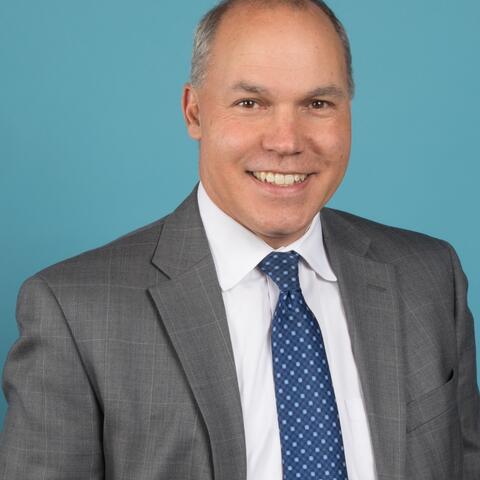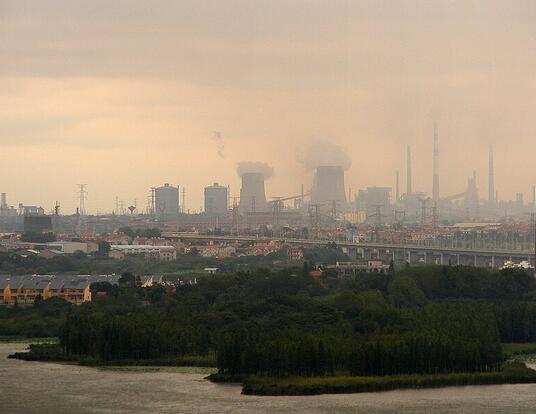A Beef with Climate Change
Lowering emissions from Brazil’s cattle industry
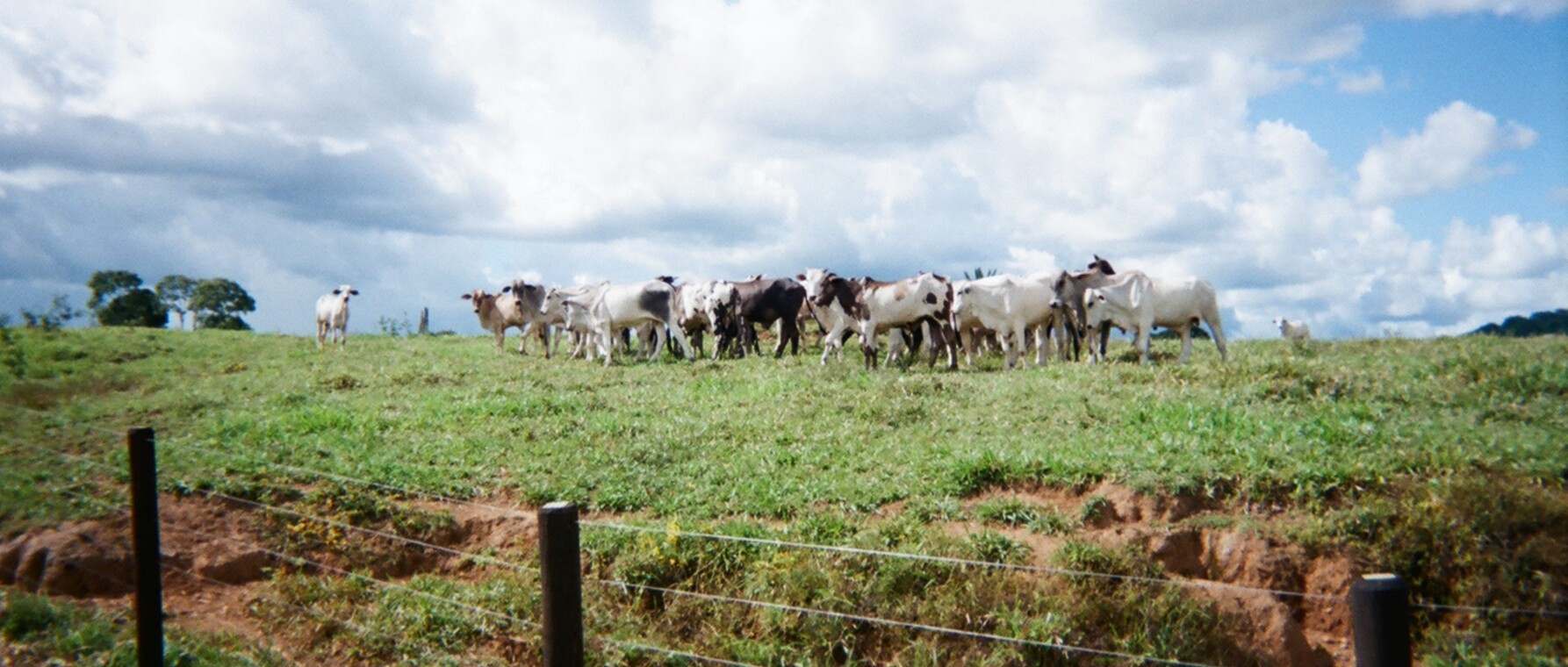
Research at Risk: Since World War II, universities have worked with the federal government to create an innovation ecosystem that has yielded life-changing progress. Now much of that work may be halted as funding is withdrawn. Find out more about the threats to medical, engineering, and scientific research, as well as how Harvard is fighting to preserve this work—and the University's core values.
To keep temperature rise to 1.5°C and avoid a cascade of climatological catastrophes, the world must cut greenhouse gas (GHG) emissions in half by 2030, according to the United Nations Intergovernmental Panel on Climate Change. To reach those goals, global agriculture must get greener—particularly the GHG-intensive meat industry. From 2001 to 2015, for instance, over 45 million hectares of forest worldwide were replaced by cattle pasture—a land area the size of Sweden. In Brazil, the cattle farming supply chain accounts for nearly 2 percent of all global emissions—not far off from global aviation at 2.5 percent. Within that country, though, the variance is great: farmers in the “dirtiest” regions emit many times as much GHG per head of cattle as those in the “cleanest.”
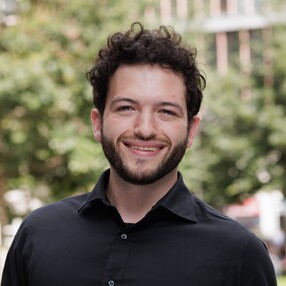
“Ideally, you’d like to produce more beef in the regions that do it most sustainably,” says environmental economist Marcos Barrozo, “and less in places where emissions are the greatest.”
Raised in Brazil and now a PhD candidate in public policy at the Harvard Kenneth C. Griffin School of Arts and Sciences (Harvard Griffin GSAS), Barrozo works at the intersection of food security and environmental destruction, compiling vast amounts of data on cattle movement, transactions, and land use to understand the structure and incentives of the Brazilian cattle industry—and its impact on emissions. He finds that market power is a major obstacle to more environmentally efficient operations, then uses sophisticated data models to see how it might be possible to dramatically lower greenhouse gas emissions while producing the same amount of beef.
Stock and Flow
“When it comes to global emissions of GHGs, we know that cattle are a major contributor,” says Gordon Hanson, the Peter Wertheim Professor in Urban Policy at Harvard Kennedy School and one of Barrozo’s faculty advisors. “It thus behooves us to understand how improvements in the beef supply chain could reduce emissions.”
Greenhouse gas emissions per kilogram or pound of beef produced vary widely among cattle farmers in different regions of the Brazilian Amazon. “It can be upwards of 20 times more emissions-producing cows in one place versus in another place,” Barrozo says. The core regions that produce beef with lower emissions tend to be in the South, closer to major markets and population centers. “Those are places that have been colonized longer, that employ more intensive production technologies, that have fewer property rights issues, and that farm more on private land.” But the industry mainly contributes to climate change through deforestation, accounting for 90 percent of it in the Amazon.
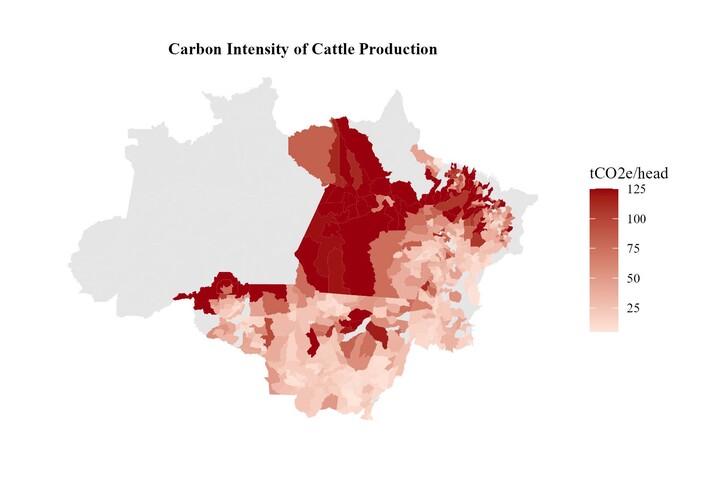
“The forest holds a stock of carbon that gets emitted into the atmosphere the moment it’s cut down,” Barrozo explains. “Then, each year, the carbon that’s sequestered through the natural processes of photosynthesis of the plants themselves—the ‘flow’—is also lost. These frontier regions where we see emissions because of deforestation are less suitable for agriculture and the ranching practices they use are less intensive.”
The potential of forests to sequester carbon also varies. Secondary forest, which has been cut down before, holds less carbon compared to old-growth forest. “In regions with lower emissions,” Barrozo says, “they not only cut down less forest, but also the forest that is cut down holds less carbon, and the land is used more intensively—more beef per hectare.”
Of course, the animals themselves emit greenhouse gases. The faster farmers get an animal to maturity—and to the slaughterhouse—the less it emits over its life cycle. “Looking at the data, I find that the age of the cattle at slaughter is lower in regions with lower emissions.”
Finally, the economic incentives for farmers who produce beef differ depending on their location—often dramatically. There are several reasons for the variation, but the one Barrozo focuses on is market power.
A Buyer’s Market
When we think of anti-competitive practices in the economy, we usually think about monopoly—market power on the seller side. Barrozo says the issue for the cattle industry in Brazil is monopsony: market power on the buyer side.
“In the Amazon, farmers sell their cows to slaughterhouses that process them into beef products,” he says. “About 80 percent of that stays in Brazil. Because of high transportation costs, each farmer has very few options for slaughterhouses; 75 percent of cattle end up at slaughterhouses within 250 kilometers of the source farm.”
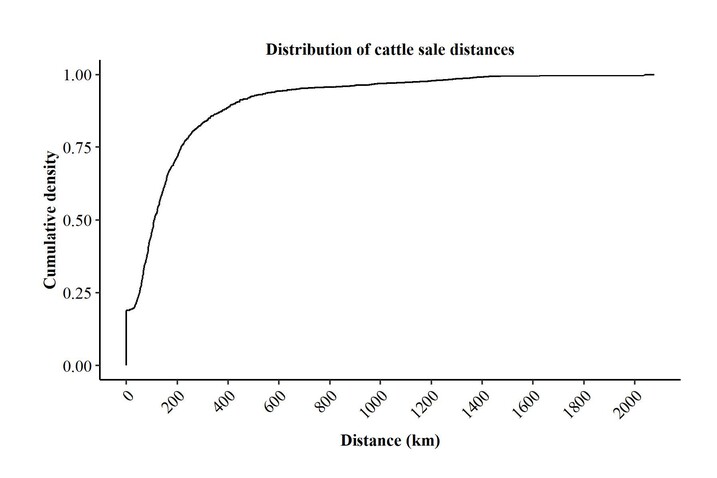
In the North, where cattle farming tends to be “dirtier,” the market for beef processing in a given region is shared by many small slaughterhouses. In the South, however, there are only a few accessible to farmers. That creates market power on the buyer side. Where that market power is greatest, Barrozo says, the prices farmers get for their cattle are lower, which creates an incentive to produce less than would be possible absent monopsony.
“In my research, I look at carbon stocks and flows across Brazil, correlate those with the prices that slaughterhouses pay to farmers for cattle in different regions, and see what kind of emissions result,” he says. “What I find is that the problem of market power occurs in the places where beef is produced with lower greenhouse gas emissions and is not as much of an issue where emissions are higher. In fact, in the decile of regions where greenhouse gas emissions are the lowest, farmers get only 71 percent of the marginal revenue made by the slaughterhouses—so, a 29 percent markdown for their cattle. In the decile of regions where emissions are the highest, that number is 93 percent—only a 7 percent markdown. In those areas, farming releases 25 times as much carbon per head of cattle as in the regions with the lowest emissions.”
Market power as it is distributed today in the Brazilian cattle industry reduces production in areas where the forest has a lower potential to trap carbon and where the land is used more intensively.
—Marcos Barrozo
Market power in the greener areas leads to underproduction there. As a result, Brazil produces less beef in the places where it should produce more, at least from the perspective of climate change.
Economists traditionally see market power negatively because it leads to lower production, raises prices for consumers, and, in a strictly economic sense, has a detrimental effect on welfare. But some environmentalists argue that producing less—and thus monopoly and monopsony—might be needed to combat climate change. Barrozo says his data shows something different.
“If we’re considering consolidation for environmental reasons, monopsony is a very inefficient way to cut emissions,” he says. “Market power as it is distributed today in the Brazilian cattle industry reduces production in areas where the forest has a lower potential to trap carbon and where the land is used more intensively.”
But imagine that the markdown farmers got from slaughterhouses was consistent throughout the Brazilian cattle industry—say through a combination of taxes and subsidies that corresponded to a region's level of emissions. Instead of some farmers taking a 29 percent markdown and others taking only 7 percent, everyone gets the same discount. Barrozo tests that scenario using complex statistical models that draw from the massive data sets he compiled. He finds that by keeping markdowns homogeneous across regions, Brazil could produce as much beef as it does now with significantly less impact on the climate.
“Market forces would lead to more cattle in places that produced beef with lower emissions,” he says. “The result would be a 7.5 percent reduction in emissions for the same amount of beef on people’s plates. That kind of reduction in an industry that accounts for nearly 2 percent of global GHG emissions would make a real difference in the effort to mitigate climate change.”
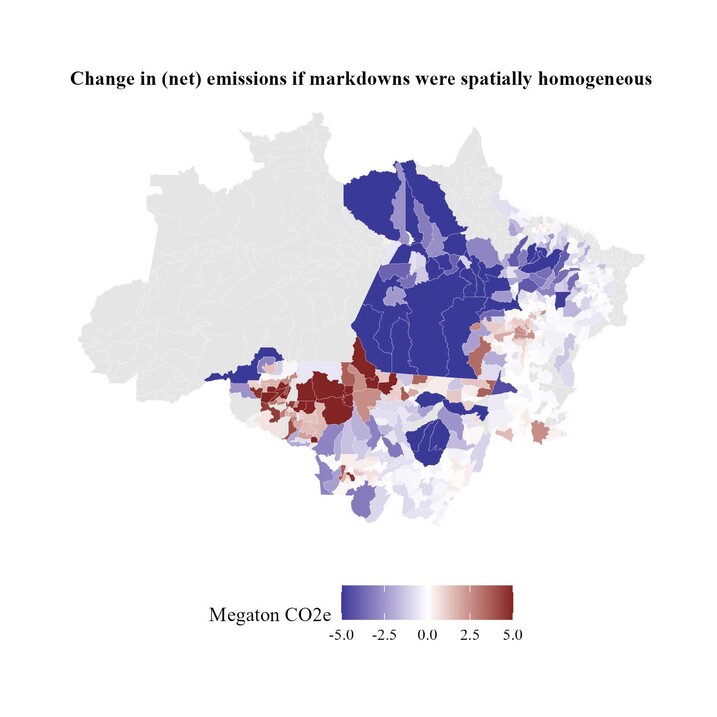
Marc Melitz, Harvard's David A. Wells Professor of Political Economy, says that Brazilian policymakers have traditionally faced a sensitive trade-off—reduce carbon emissions or maintain food production. Barrozo’s work shows the potential for substantial reductions in GHGs by changing incentives for ranchers, farmers, and slaughterhouses—without changing how much beef is produced.
“Economic policies that alleviate the effects of market power in core regions can increase beef production without raising emissions much,” he says. “And environmental policies that target the deforestation frontier can reduce emissions by a sizable margin without sacrificing production. Marcos’s research gives policymakers a model for combining subsidies to address market power and a carbon tax to reduce emissions by a third while also keeping production levels constant.”
Calling it “path-breaking,” Hanson says that Barrozo’s work sheds light on the “problem emitters” in Brazil’s cattle industry. “It’s not the mega-large slaughterhouses that dominate larger cities,” he says “but the small, informal, and relatively unproductive slaughterhouses that purchase much of the cattle raised on land that lies in the heart of the rainforest. Marcos’s work provides a roadmap for making beef production in Brazil both lower in emissions intensity and more productive.”
A Hunger for Economic Justice
While much of the focus of Barrozo’s research is on reducing emissions, he’s no less concerned about feeding Brazil’s hungry. He recognizes the staggering inequality in his country. His parents—a university professor and a middle school math teacher—were both born into rural poverty. His grandparents included a bus and truck driver whose formal education ended at an early age. "Brazil has grown economically for some time,” he says. “We’re in the middle of the global income distribution, but 30 million people are going hungry, and 130 million people are experiencing food insecurity in a country with 210 million people."
Marcos’s work provides a roadmap for making beef production in Brazil both lower in emissions intensity and more productive.
—Professor Gordon Hanson
As Barrozo looks ahead, he hopes to focus more directly on economic inequality. While recognizing the immediate need to make food production more environmentally friendly, he also emphasizes the importance of a holistic approach. "In order to grow animals," he states, "you're also looking at grain, and grain takes up space. If you were feeding humans with that grain, it would take a lot less space and resources to produce the calories."
The dual challenges of environmental degradation and food insecurity require a nuanced approach. Barrozo acknowledges that each sector, like the cattle industry, has its unique set of market failures and inefficiencies. His research seeks to navigate the complex interplay of economics and the environment and aims to find solutions that address both issues effectively.
“Right now, I think we can do much better in emitting a lot less GHG,” he says. “And we can still produce plenty of food.”
Get the Latest Updates
Join Our Newsletter
Subscribe to Colloquy Podcast
Simplecast


